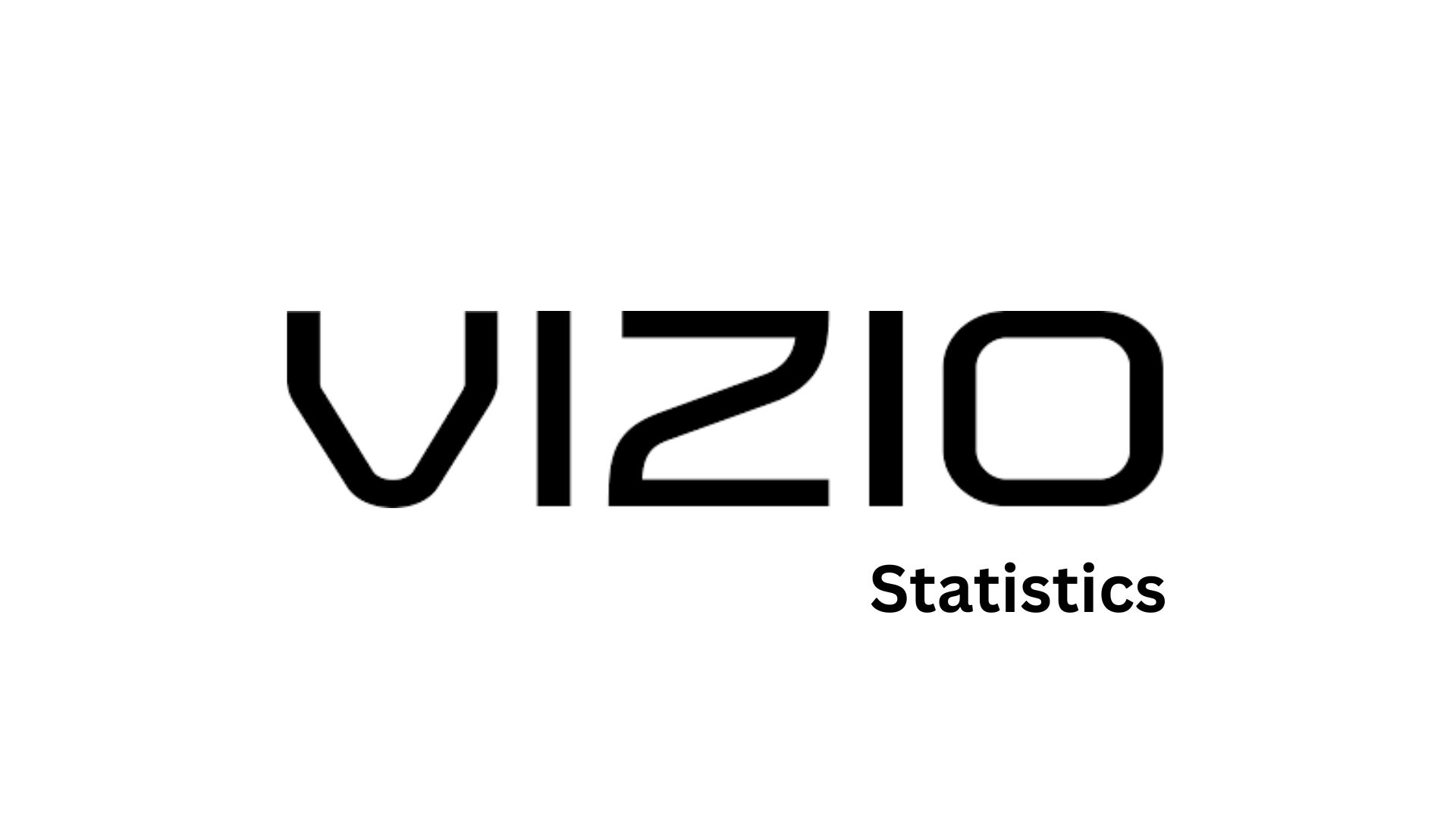Workplace Violence Statistics By Industry, Gender, Job Role/Position And Facts (2025)

Updated · Jul 30, 2025

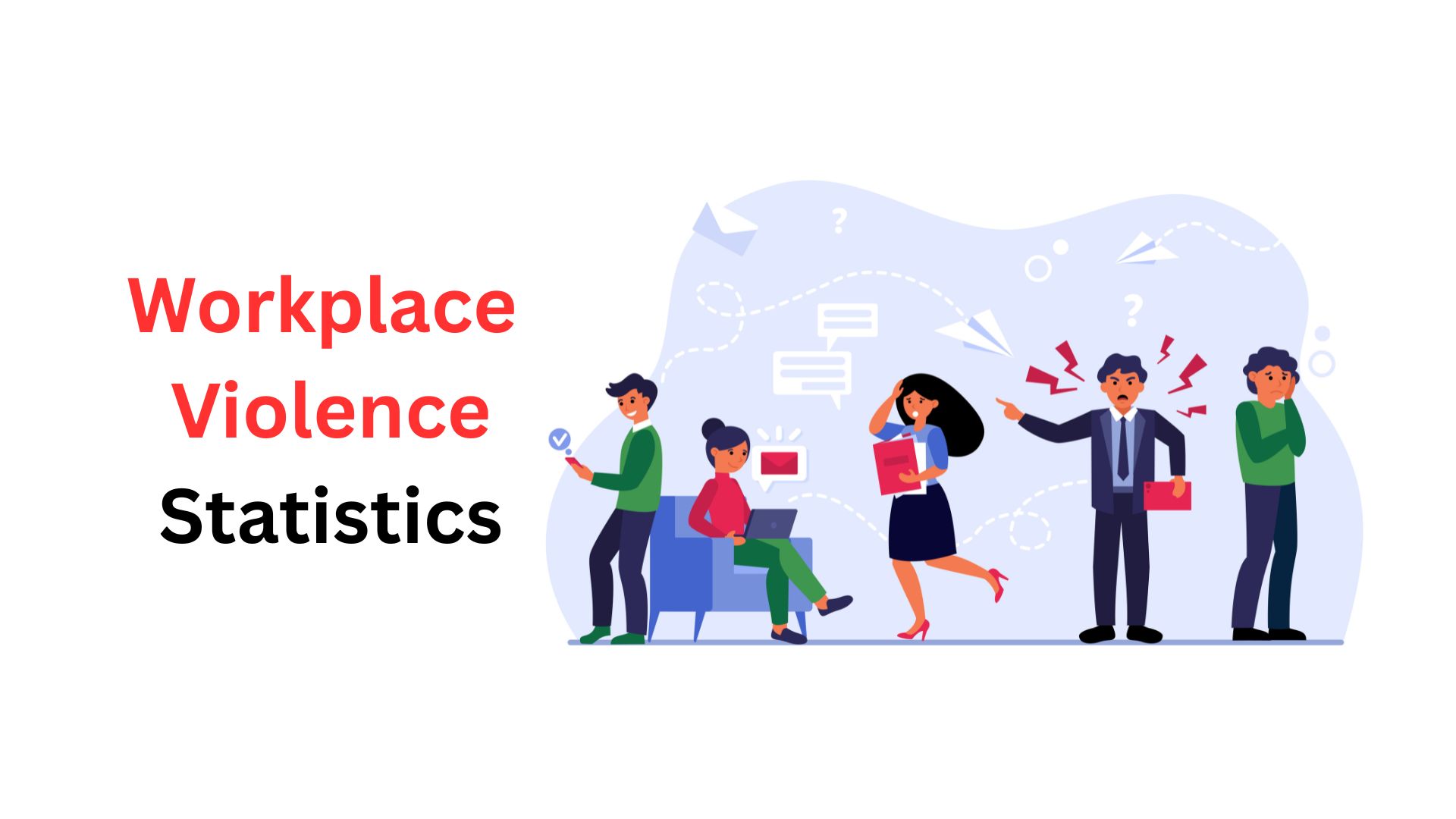
WHAT WE HAVE ON THIS PAGE
- Introduction
- Editor’s Choice
- Global Workplace Violence Statistics
- Workplace Violence by Industry
- Workplace Violence by Gender
- Workplace Violence by Age Group
- Workplace Violence by Job Role/Position
- Workplace Violence by Type of Employment
- Workplace Violence by Cause or Trigger
- Workplace Violence by Job Level
- Impact of Workplace Violence on Mental Health
- Legal Frameworks and Reporting Rates
- Workplace Violence Prevention Programs
- Post-Incident Impact on Employees and Organizations
- Conclusion
Introduction
Workplace Violence Statistics: Workplace violence is no longer a rare occurrence; it’s a widespread issue that spans industries, geographies, and job roles. From physical assaults and verbal abuse to psychological harassment and sexual misconduct, millions of workers across the globe are subjected to unsafe environments every year. Understanding the workplace violence statistics isn’t just about numbers; it’s about recognizing the real, often hidden, threats employees face daily.
This article offers a detailed, data-driven exploration of how workplace violence affects across different sectors, genders, and geographies. I have compiled this information through global research and real-world surveys, and we break down the facts, figures, and patterns that shape this crisis. Whether you’re an employer, HR professional, or concerned employee, these insights will help you grasp the scope of the issue and why prevention must become a priority. Let’s break it down.
Editor’s Choice
- According to the U.S. Bureau of Labor Statistics, over 20,000 workplace assault cases are reported annually in the U.S. alone, with nearly 500 resulting in fatalities, making violence the third-leading cause of job-related deaths.
- OSHA data reveal that the healthcare and social service industries account for 75% of all reported workplace violence incidents, putting nurses, aides, and emergency responders at the highest risk.
- A National Safety Council study found that 83% of employees have experienced or witnessed workplace violence in some form, whether physical, verbal, or psychological.
- Research by the CDC indicates that women are disproportionately affected, making up nearly 70% of nonfatal workplace violence victims, especially in caregiving roles.
- According to FBI crime reports, robbery-related violence in retail jobs accounts for a major portion of workplace homicides, with convenience store clerks, gas station staff, and taxi drivers at heightened risk.
- Global studies by the ILO suggest that emotional and psychological abuse is the most prevalent form of workplace violence, with one in three workers globally reporting experiences of bullying or harassment.
- The World Health Organization found that organizations with active violence prevention programs saw a 79% reduction in incidents within the first year, showcasing the clear value of strategic intervention.
- A 2023 report by SHRM (Society for Human Resource Management) states that 68% of workplace violence cases go unreported, largely due to fear of retaliation or lack of trust in internal systems.
- Workplace violence costs businesses an estimated US$130 billion globally per year, factoring in turnover, medical compensation, lawsuits, absenteeism, and productivity loss, according to a McKinsey estimate.
- A Harvard Business Review study found that employees who witnessed violence but weren’t directly involved still suffered a 26% drop in job satisfaction, showing how far-reaching the psychological damage can be.
- Post-incident data reveals that 59% of employees involved in a violent workplace event will leave the company within a year, leading to significant hiring and training costs.
- According to Gallup, companies that encourage anonymous reporting of violence and have peer support programs experience a 62% improvement in early intervention and conflict resolution.
- Young workers (ages 18-24) face the highest risk, with 39% of them experiencing some form of aggression or harassment, often in service jobs or high-stress roles.
- A recent Canadian workplace study found that workplaces without formal HR violence protocols are 5x more likely to have repeat offenses over 12 months.
- Data compiled from over 10 countries reveals that remote and hybrid employees report 50% fewer physical violence incidents, but 36% more cyberbullying and online harassment.
| Key Insight | Statistic / Source Summary |
| Annual Cases & Fatalities |
20,000+ workplace assaults reported yearly; 500 end in fatalities (U.S. BLS) |
|
Industry Risk Levels |
75% of incidents occur in healthcare and social services (OSHA) |
| Employee Exposure |
83% of employees have experienced or witnessed workplace violence (NSC) |
|
Gender Disparity |
Nearly 70% of nonfatal victims are women, especially in caregiving roles (CDC) |
| Retail & Robbery Risk |
High fatality rates among clerks, gas station staff, and taxi drivers (FBI crime data) |
|
Psychological Violence |
1 in 3 workers globally face bullying or emotional abuse (ILO) |
| Prevention Effectiveness |
79% reduction in incidents after implementing violence prevention programs (WHO) |
|
Underreporting Issue |
68% of workplace violence goes unreported due to fear or mistrust (SHRM, 2023) |
| Financial Impact |
Estimated global cost: $130 billion/year from direct and indirect losses (McKinsey) |
|
Witness Impact |
26% drop in job satisfaction among employees who witness violence (HBR) |
| Turnover Post-Incident |
59% of affected employees leave the organization within a year (post-incident data) |
|
Anonymous Reporting Impact |
62% improvement in early conflict resolution when anonymous reporting is encouraged (Gallup) |
| Youth Risk Factor |
39% of workers aged 18 to 24 face aggression or harassment (Young Worker Data) |
|
HR Protocol Effectiveness |
Workplaces without HR policies are 2.5x more likely to experience repeated violence (Canadian study) |
| Remote Work Impact |
50% fewer physical cases but 36% more cyber harassment among remote workers (Global workforce data) |
Global Workplace Violence Statistics
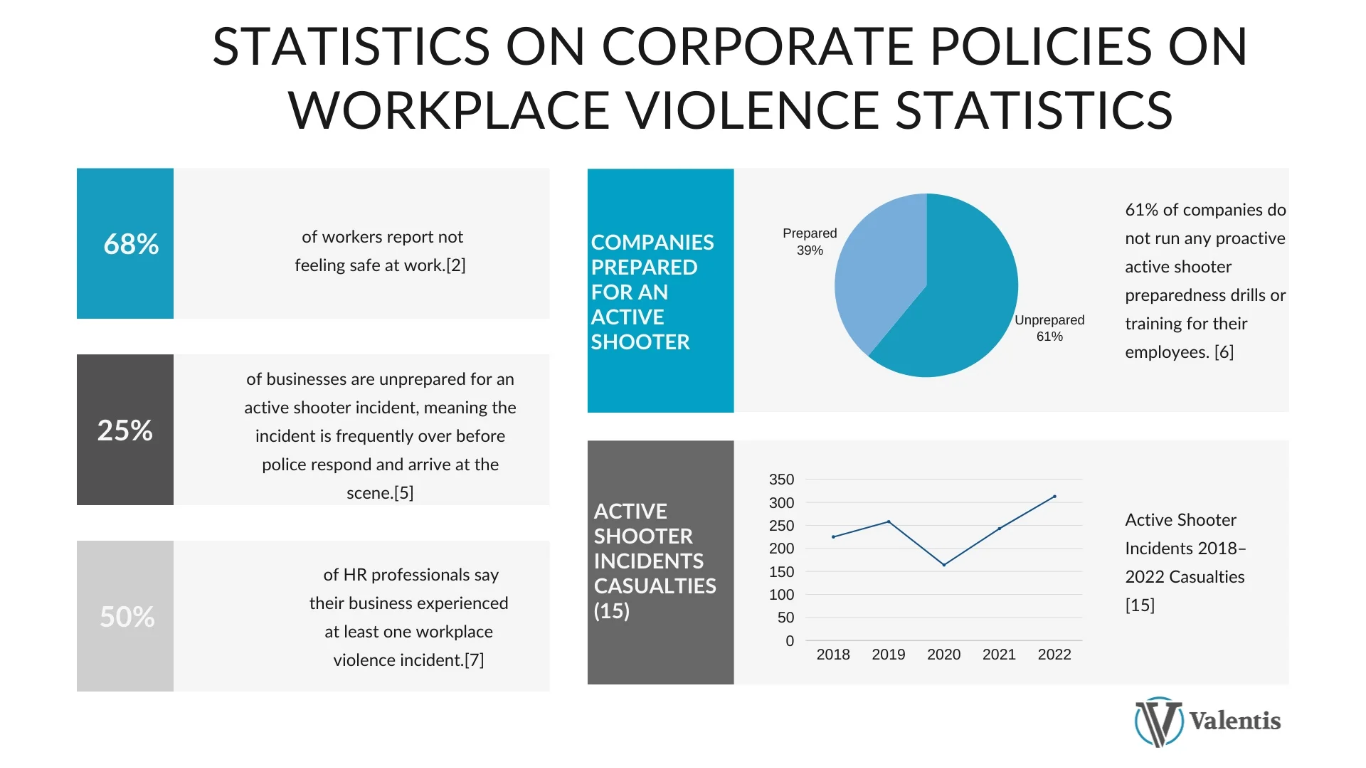
- Around 23% of workers worldwide have reported experiencing at least one form of workplace violence, showcasing the global magnitude of this issue across all sectors.
- Psychological violence is the most common type, affecting 17.9% of the global workforce, often in the form of repeated bullying, verbal abuse, or intimidation.
- Physical violence has been experienced by 8,5% of workers globally, including incidents like pushing, hitting, or other bodily threats in the workplace.
- Sexual violence at work, which includes verbal and physical harassment, has impacted 6.3% of workers across different countries and professional levels.
- More than 60% of victims have experienced workplace violence more than once, highlighting its repetitive and ongoing nature in organizational settings.
- Approximately 32% of victims have encountered more than one form of violence, indicating overlapping psychological, physical, or sexual abuse at work.
- Nearly 6% of employees reported suffering from all three major forms of violence, pointing to deeply entrenched and complex abuse environments.
- In high-income countries, 32% of workers report workplace violence, significantly higher than in low-income regions, suggesting greater transparency and reporting access.
- Workers in low-income countries still face a substantial 17% exposure rate, but underreporting due to a lack of systems may mean actual figures are even higher.
- The Americans report the highest regional rate, with 34% of employees stating they’ve experienced workplace violence during their careers.
| Metric | Statistic |
| Overall Global Exposure | 23% |
| Psychological Violence | 17.9% |
| Physical Violence | 8.5% |
| Sexual Violence | 6.3% |
| Repeated Victimization | 60% |
| Multiple Forms of Violence | 32% |
| All Three Forms (Psych/Phys/Sexual) | 6% |
| High-Income Country Incidence | 32% |
| Low-Income Country Incidence | 17% |
| Highest Regional Incidence | 34% (Americas) |
Workplace Violence by Industry
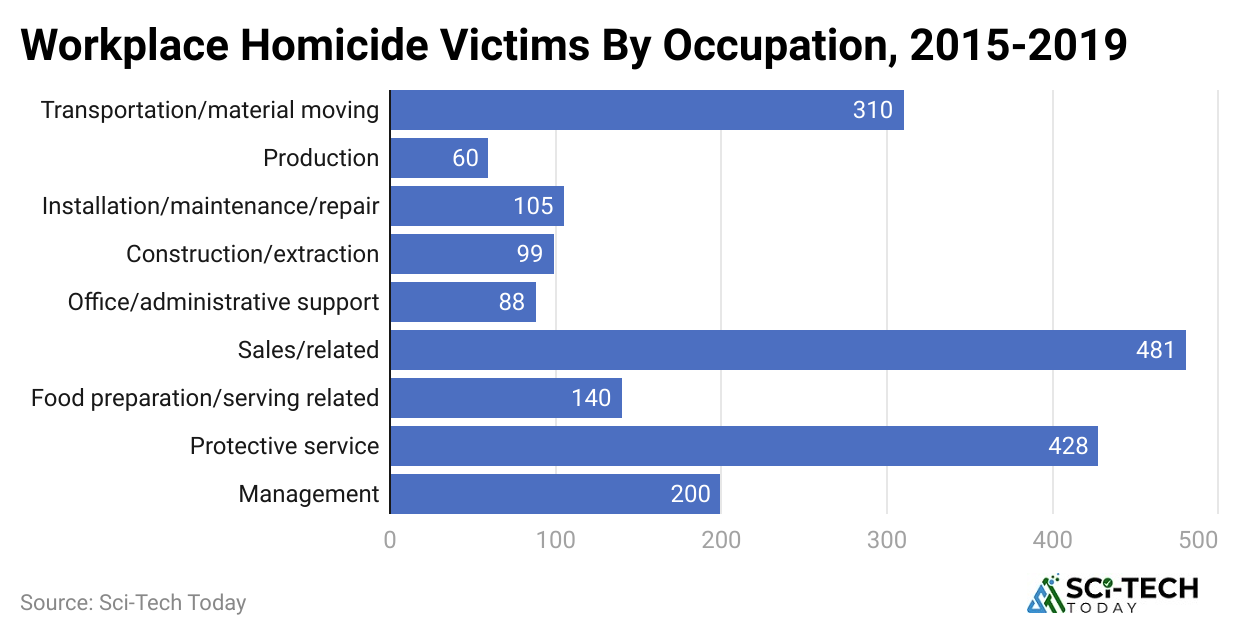
- The healthcare sector is the most affected, where 81.6% of professionals, like nurses and paramedics, report facing violence, often from patients or their families.
- Within healthcare, nearly 46% of emergency physicians have experienced physical assault, making emergency departments particularly high-risk zones.
- In retail, over 90% of employees face verbal abuse from customers, and more than half report experiencing physical aggression monthly.
- The education sector reports that 14% of teachers and administrators face threats or violence, with many incidents involving students or parents.
- Public transport workers, especially bus and metro drivers, face violence in nearly 40% of cases, largely from unruly passengers or fare disputes.
- In social services, 27% of workers face physical violence, while 36% report verbal threats, mainly from emotionally unstable or aggressive clients.
- Law enforcement sees consistent exposure, with over 65% of officers facing either verbal or physical aggression during their routine duties.
- In the hospitality industry, 45% of workers have dealt with workplace violence, particularly during night shifts or when alcohol influences interactions.
- Construction and manufacturing sectors report about 16% exposure, mostly stemming from internal conflicts between coworkers or subcontractors.
- Even in remote setups, 7% of online employees report psychological harassment, including excessive mismanagement and online bullying via digital tools.
| Industry | Any Violence (%) | Physical (%) | Verbal (%) | Harassment (%) |
| Healthcare | 81.6 | 46 | 67.8 | 26 |
| Retail | 90+ | 50+ | 90+ | 35 |
| Education | 14 | 6 | 12 | 7 |
| Public Transport | 40 | 22 | 35 | 14 |
| Social Services | 50+ | 27 | 36 | 18 |
| Law Enforcement | 65+ | 38 | 55 | 20 |
| Hospitality | 45 | 20 | 37 | 22 |
| Construction/Manufacture | 16 | 9 | 13 | 6 |
| Remote Workers | 7 | 1 | 6 | 7 |
Workplace Violence by Gender
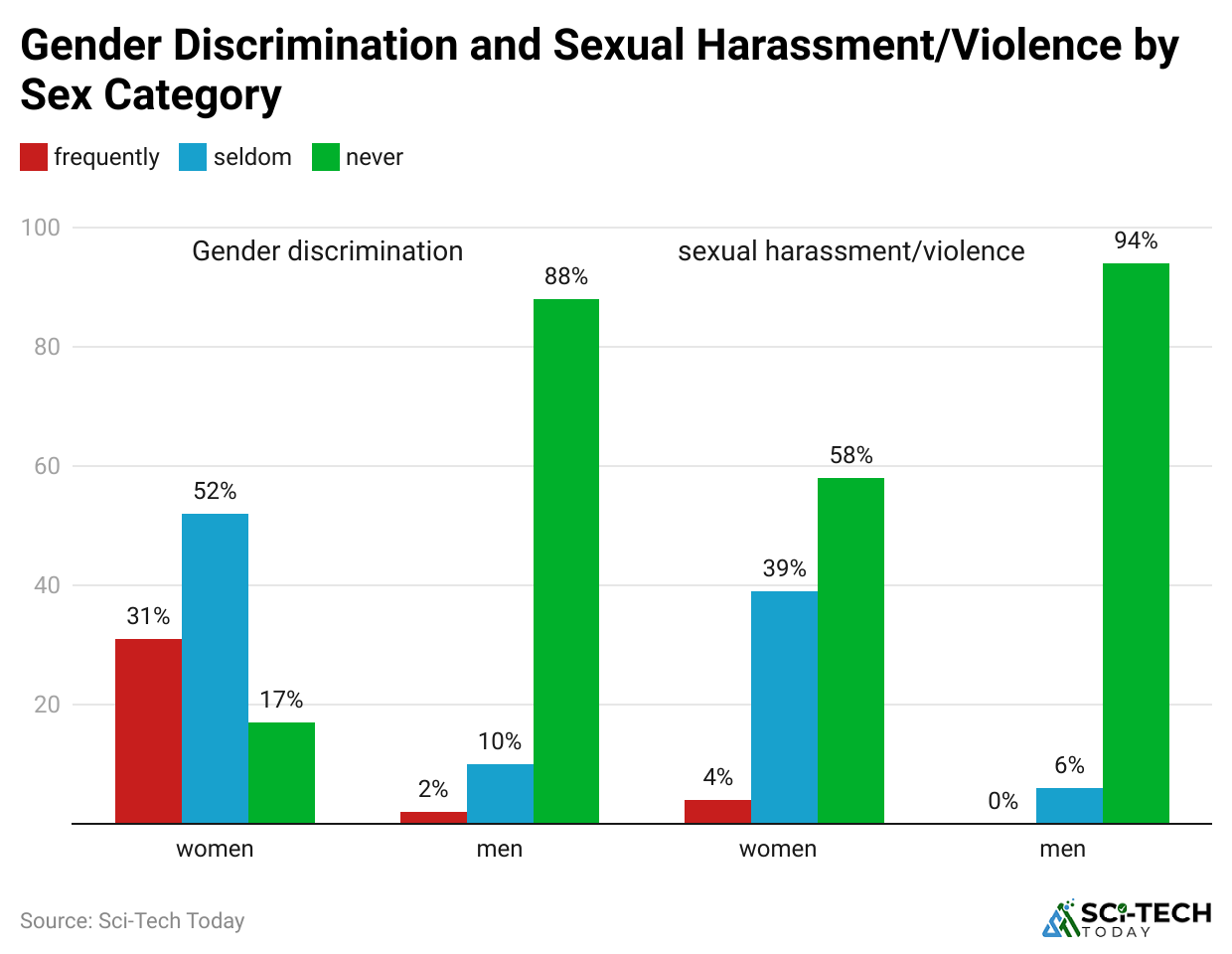
- Women are significantly more vulnerable to sexual harassment, experiencing it at a rate 2.7 times higher than men, especially in male-dominated fields.
- About 19% of women report facing psychological violence, such as humiliation, intimidation, and targeted exclusion in the workplace.
- Men are more likely to be victims of physical violence, accounting for 62% of all reported physical assaults at work.
- When it comes to verbal abuse, the exposure rate is similar for both genders, but women are more likely to face demeaning or personal insults.
- In LGBTQ+ communities, 34% of workers experience some form of workplace harassment, with gender identity and sexual orientation as core triggers.
- Women working in male-dominated sectors, such as construction or engineering, report twice the level of violence compared to those in female-majority roles.
- Women in managerial and leadership positions are often targets of psychological violence, including character defamation and undue criticism.
- Gender-diverse teams show 27% lower incidence of workplace violence, suggesting inclusivity can foster safer environments.
- Transgender employees report the highest exposure, with 47% experiencing violence, often through misgendering, exclusion, and verbal attacks.
- Alarmingly, only 11% of female victims formally report violence, indicating widespread underreporting and fear of retaliation.
| Group | Sexual Harassment (%) | Psychological Violence (%) | Physical Violence (%) | Reporting Rate (%) |
| Women | 2.7x more than men | 19 | 38 | 11 |
| Men | Lower | 16 | 62 | 25 |
| LGBTQ+ | 34 | 28 | 22 | 14 |
| Transgender Employees | 47 | 39 | 18 | 9 |
Workplace Violence by Age Group
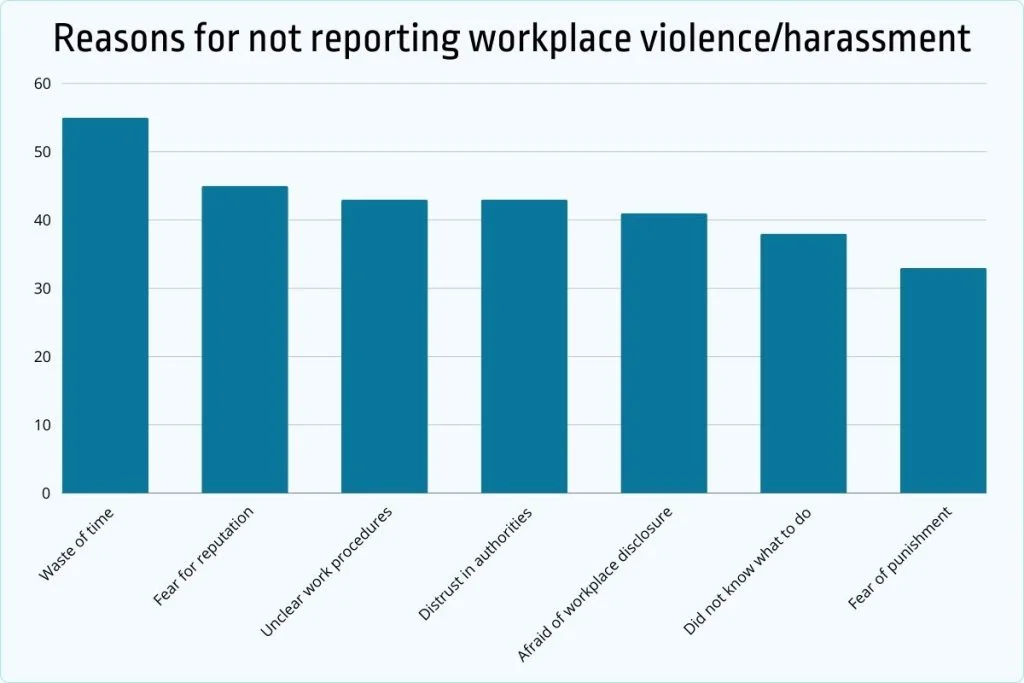
- Young workers aged 18 to 24 face the highest rates of workplace violence, with nearly 31% reporting exposure, often due to inexperience, low authority, and limited support systems.
- Employees between 25 to 34 years old follow closely, with 28% experiencing violence, primarily in customer-facing or entry-level roles with high interaction stress.
- The 35 to 44 age group reports a slightly lower incidence at 22%, as experience and seniority offer some protective advantages in dealing with conflicts.
- Middle-aged workers (45 to 54) show a further dip, with 18% experiencing violence, typically from subordinates or external parties like customers or clients.
- Older employees (55+) report the lowest exposure rate at 11%, likely due to more stable positions, limited frontline interaction, and stronger conflict-resolution skills.
- Psychological violence is more common among younger employees, especially interns and temporary staff, who often face bullying or emotional manipulation.
- Physical violence peaks among younger age groups, particularly in fast-paced jobs like retail, hospitality, and healthcare, where high-stress environments are common.
- Verbal abuse, although consistent across all age brackets, is most frequent among those under 30, usually from managers, colleagues, or aggressive clients.
- Underreporting is especially high among younger workers, with only one in four incidents being formally documented, often due to fear of job loss or retaliation.
- Across all age groups, those with less than 3 years of work experience are statistically more likely to experience multiple forms of violence simultaneously.
| Age Group | Any Violence (%) | Physical Violence (%) | Psychological (%) | Verbal Abuse (%) | Reporting Rate (%) |
| 18 to 24 years | 31 | 19 | 22 | 26 | 25 |
| 25 to 34 years | 28 | 16 | 21 | 24 | 30 |
| 35 to 44 years | 22 | 12 | 18 | 21 | 38 |
| 45 to 54 years | 18 | 9 | 14 | 17 | 42 |
| 55+ years | 11 | 5 | 8 | 11 | 50 |
Workplace Violence by Job Role/Position
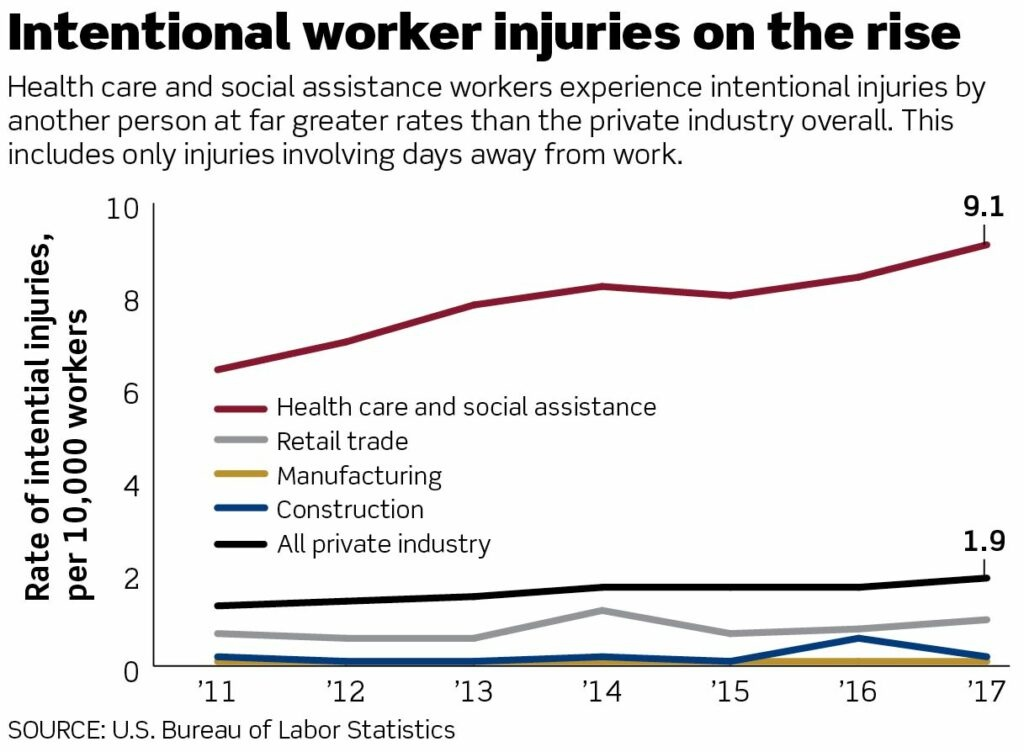
- Frontline workers, including customer service representatives, cashiers, and call center staff, face the highest rates of workplace violence at over 38%, driven by direct interactions with unpredictable customers or clients.
- Supervisors and middle managers report a 24% exposure rate, often from managing staff conflicts or enforcing unpopular policies that provoke verbal and psychological aggression.
- Senior executives and C-suite leaders face lower rates at 12%, though when violence occurs, it often stems from internal power dynamics, political tension, or targeted harassment.
- Interns and entry-level employees experience a 31% rate of violence, largely due to vulnerability, lack of organizational knowledge, and unequal power structures.
- Freelancers and contract-based professionals report a 17% incidence, mostly involving delayed payments, communication harassment, or professional sabotage.
- HR professionals experience violence in 22% of cases, especially when handling sensitive issues like terminations, disciplinary actions, or internal investigations.
- IT and technical staff report a 13% rate, often due to miscommunications, frustration during technical failures, or being scapegoated for delays.
- Security personnel, while trained for confrontation, still report a 28% violence rate, including physical threats or aggression during conflict mediation.
- Educators and academic staff show a 14% exposure to verbal and psychological violence from students, parents, or internal politics.
- Remote freelancers or digital nomads report a relatively low 6% violence rate, though psychological isolation and online abuse do occur.
| Job Role/Position | Any Violence (%) | Physical (%) | Verbal (%) | Psychological (%) |
| Frontline Workers | 38 | 22 | 35 | 29 |
| Interns/Entry-Level | 31 | 16 | 28 | 24 |
| Supervisors/Managers | 24 | 12 | 20 | 21 |
| C-Suite Executives | 12 | 4 | 10 | 11 |
| Freelancers/Contractors | 17 | 6 | 14 | 15 |
| HR Professionals | 22 | 7 | 18 | 20 |
| IT/Technical Staff | 13 | 5 | 11 | 9 |
| Security Personnel | 28 | 20 | 18 | 16 |
| Educators/Academic Staff | 14 | 3 | 12 | 10 |
| Remote Freelancers | 6 | 1 | 4 | 5 |
Workplace Violence by Type of Employment
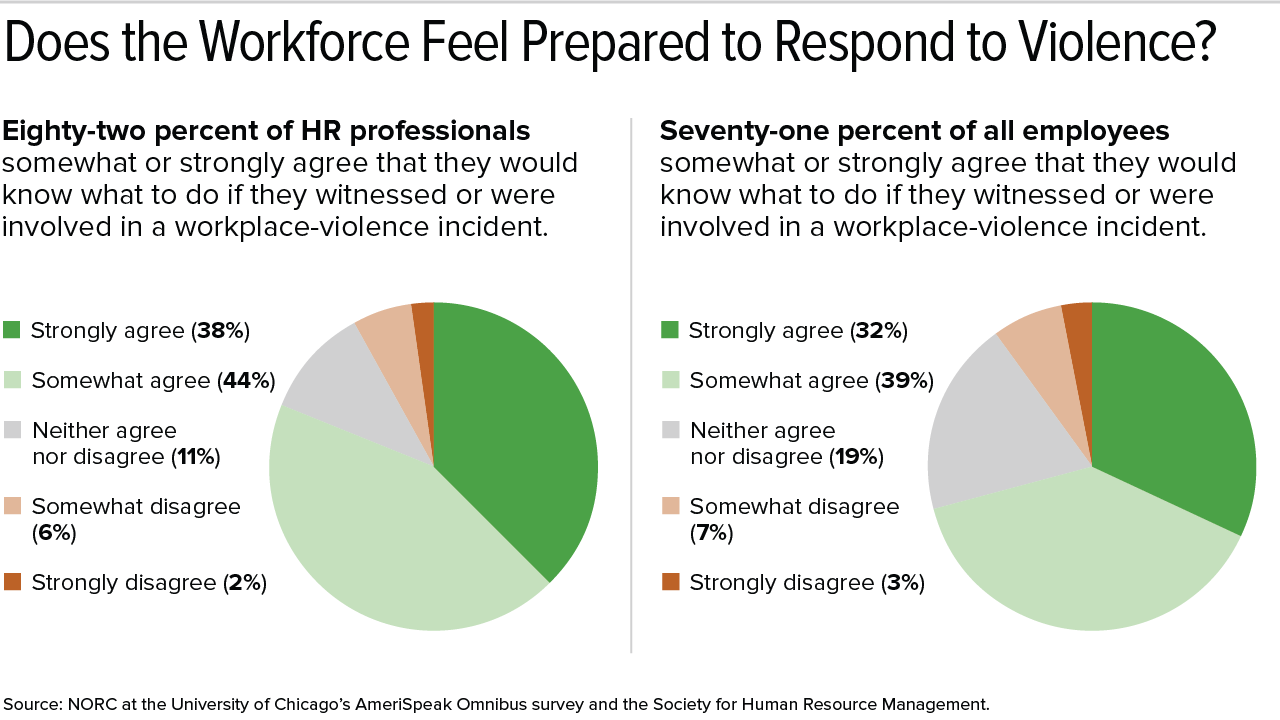
- Full-time employees experience the highest overall workplace violence rate at 26%, largely because of extended exposure, interpersonal tensions, and rigid hierarchical dynamics.
- Part-time workers report a 19% rate, frequently due to feeling undervalued, excluded from support systems, or dealing with unstable schedules and disrespect.
- Gig workers and on-demand laborers (like delivery drivers, rideshare operators, and freelancers) report a 21% exposure rate, especially vulnerable to customer abuse and a lack of formal HR protections.
- Temporary contract employees show a 17% rate of violence, with incidents often stemming from job insecurity, limited onboarding, or being treated as disposable staff.
- Seasonal workers, often in agriculture, hospitality, or retail, report a 24% rate, where verbal abuse, neglect, and unsafe conditions are common, especially from supervisors.
- Interns and apprentices are particularly vulnerable, with a 29% rate, driven by power imbalances, lack of knowledge about their rights, and fear of retaliation.
- Remote full-time employees report a 9% rate, mostly involving psychological violence such as gaslighting, micromanagement, and exclusion from virtual teams.
- Freelancers operating digitally encounter 11% violence, mostly psychological or verbal, especially through toxic client communications or cyberbullying.
- Unionized workers report lower violence at 15%, as structured grievance redressals and protections reduce unchecked aggression.
- Non-union workers, by contrast, report a 30% rate, as the absence of collective support often results in higher levels of unchecked abuse or retaliation fears.
| Employment Type | Any Violence (%) | Physical (%) | Verbal (%) | Psychological (%) |
| Full-Time Employees | 26 | 12 | 23 | 19 |
| Part-Time Workers | 19 | 8 | 17 | 15 |
| Gig Workers | 21 | 10 | 18 | 16 |
| Temporary Staff | 17 | 7 | 14 | 13 |
| Seasonal Workers | 24 | 11 | 21 | 18 |
| Interns/Apprentices | 29 | 14 | 25 | 22 |
| Remote Full-Time | 9 | 2 | 6 | 7 |
| Freelancers (Online) | 11 | 3 | 9 | 8 |
| Unionized Workers | 15 | 5 | 13 | 10 |
| Non-Union Workers | 30 | 13 | 27 | 21 |
Workplace Violence by Cause or Trigger
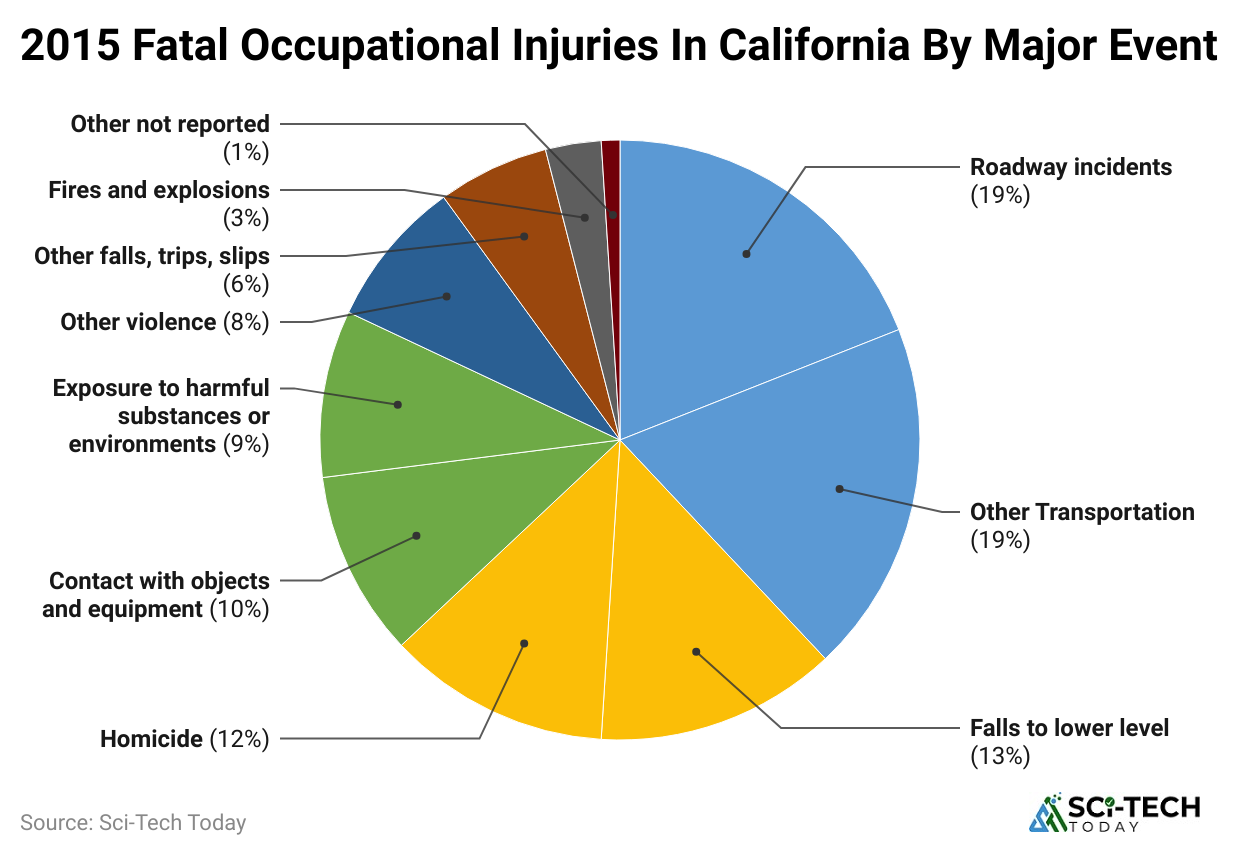
- Job-related stress is the leading contributor to workplace violence, cited in 42% of incidents, often triggering verbal or psychological aggression among peers or subordinates.
- Tight deadlines and workload pressure account for 36% of violence cases, with aggression typically surfacing in high-demand roles such as tech, finance, and media.
- Poor management or lack of leadership support is linked to 29% of workplace violence cases, where unclear expectations or micromanagement provoke employee frustration and conflict.
- Job insecurity and fear of layoffs catalyze 25% of incidents, particularly in sectors experiencing automation or downsizing, such as manufacturing or IT.
- Conflicts over roles and responsibilities contribute to 21% of violence reports, especially in matrix-style or collaborative team structures where boundaries are unclear.
- Discrimination based on gender, race, or religion is cited in 18% of cases, often manifesting as microaggressions, exclusion, or outright harassment.
- Inadequate communication or misinterpretation of tone, especially in digital communication, leads to 22% of workplace altercations.
- Power abuse by supervisors or senior staff contributes to 19% of violent encounters, often psychological or emotional.
- Client/customer hostility, especially in public-facing industries like healthcare and retail, is a primary trigger in 34% of cases.
- Substance abuse or mental health instability within the workforce is associated with 11% of violent incidents, underscoring the need for support systems and mental wellness resources.
| Trigger/Cause | Violence Linked (%) | Type Commonly Observed |
| Job Stress | 42 | Verbal, Psychological |
| Tight Deadlines/Workload Pressure | 36 | Verbal, Physical |
| Poor Management/Leadership | 29 | Psychological |
| Job Insecurity/Fear of Layoffs | 25 | Verbal, Psychological |
| Role/Responsibility Conflicts | 21 | Verbal, Physical |
| Discrimination | 18 | Harassment, Emotional Abuse |
| Miscommunication | 22 | Verbal, Psychological |
| Supervisor Power Abuse | 19 | Psychological, Emotional |
| Hostile Customers/Clients | 34 | Verbal, Physical |
| Substance Abuse/Mental Instability | 11 | Physical, Erratic Verbal Abuse |
Workplace Violence by Job Level
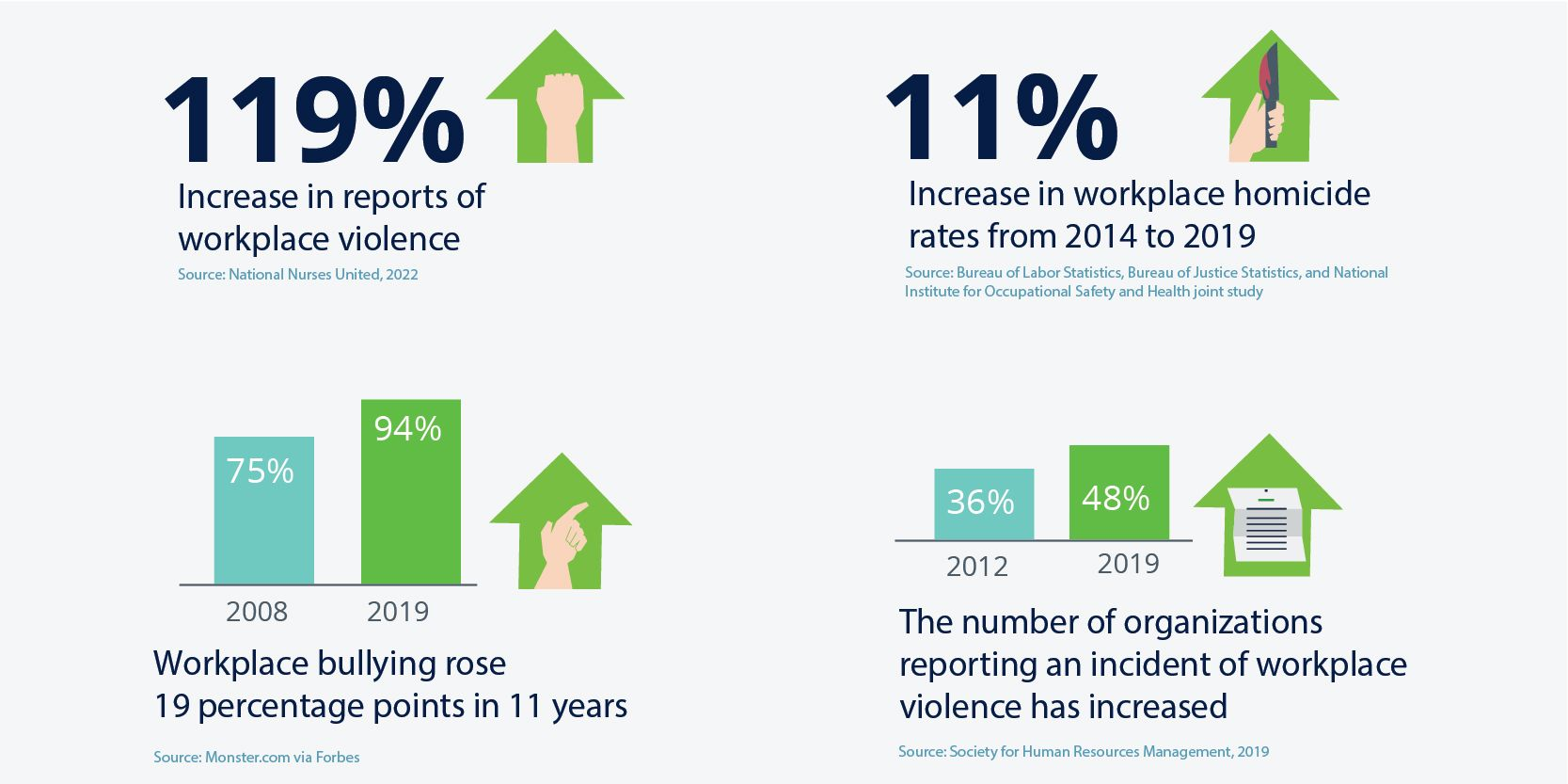
- Entry-level employees face the highest rate of workplace violence, with 38% reporting incidents in their first two years of employment, often due to a lack of authority and protection.
- Mid-level professionals report a 29% exposure to workplace violence, mostly related to peer rivalry, managerial pressure, and interdepartmental conflict.
- Senior-level employees report a lower overall rate of 18%, but the nature of incidents is often psychological, including power struggles and strategic undermining.
- Entry-level women are 2.4 times more likely to face sexual harassment than senior women, largely due to imbalanced power dynamics and a lack of reporting options.
- Mid-level managers are most likely to be caught in both upward and downward violence, receiving pressure from leadership and aggression from subordinates.
- Entry-level employees face the most physical violence from customers and clients, especially in frontline service roles like retail and hospitality.
- Senior leaders face unique psychological attacks such as exclusion from decision-making, internal sabotage, or character defamation by rivals.
- Workplace bullying is most common at the mid-level, with 41% reporting targeted humiliation, gossip, or social exclusion by peers.
- Only 9% of entry-level workers report violent incidents formally, often due to fear of job loss or not knowing how to escalate issues.
- Senior executives, although less frequently targeted, suffer more severe psychological outcomes from workplace violence due to the high stakes and public scrutiny involved.
| Job Level | Overall Violence (%) | Physical Violence (%) | Psychological Violence (%) | Reporting Rate (%) |
| Entry-Level | 38 | 21 | 27 | 9 |
| Mid-Level | 29 | 12 | 41 | 18 |
| Senior-Level | 18 | 6 | 33 | 24 |
Impact of Workplace Violence on Mental Health
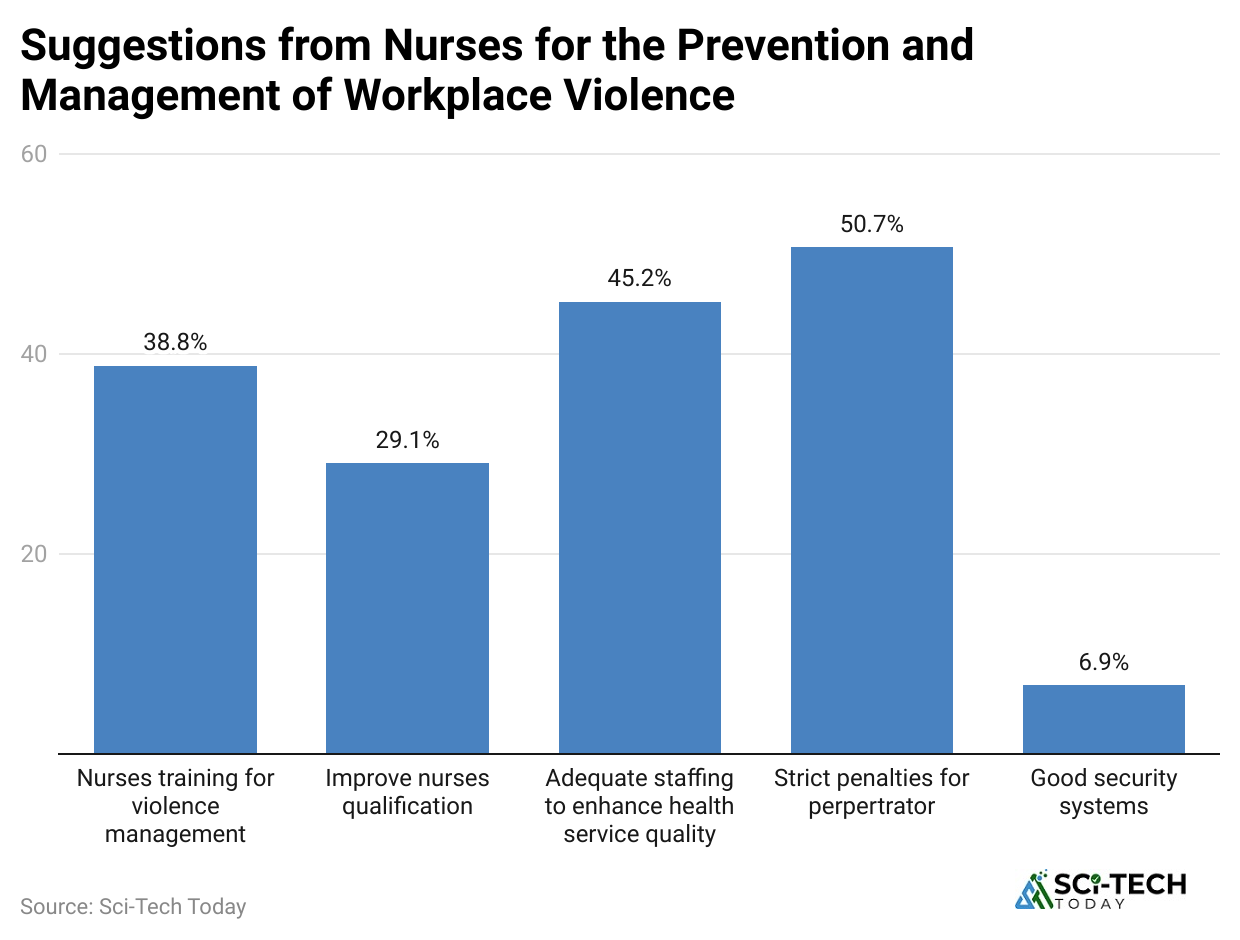
- Over 58% of employees who experience workplace violence report chronic stress symptoms, which can severely impact their cognitive performance and decision-making ability.
- Anxiety disorders affect 44% of victims of workplace violence, leading to reduced concentration, increased absenteeism, and long-term psychiatric needs.
- Depression is diagnosed in approximately 35% of individuals exposed to consistent verbal abuse or bullying at work, resulting in both emotional and physical fatigue.
- Post-Traumatic Stress Disorder (PTSD) is observed in 21% of workplace violence survivors, especially among those who faced physical or sexual assault.
- Victims of workplace violence are 4.7 times more likely to seek mental health counseling than those in non-violent workplaces, indicating a significant psychological toll.
- More than 40% of affected employees report sleep disturbances, including insomnia, which further compounds emotional instability and impairs productivity.
- Suicide ideation has been reported in 7.5% of extreme cases of ongoing workplace violence, showing the potential life-threatening consequences of unchecked aggression.
- Around 32% of workers facing persistent harassment experience social withdrawal, distancing themselves from peers and family due to shame or trauma.
- Cognitive decline, such as forgetfulness and poor task execution, is documented in 18% of employees exposed to prolonged psychological abuse.
- Emotional burnout is found in over 53% of workplace violence victims, particularly in high-risk industries like healthcare, education, and public service.
| Mental Health Condition | Affected Victims (%) |
| Chronic Stress | 58 |
| Anxiety Disorders | 44 |
| Depression | 35 |
| PTSD | 21 |
| Sleep Disturbances | 40+ |
| Suicide Ideation | 7.5 |
| Social Withdrawal | 32 |
| Cognitive Decline | 18 |
| Emotional Burnout | 53 |
| Counseling Seeking Behavior | 4.7x more likely |
Legal Frameworks and Reporting Rates
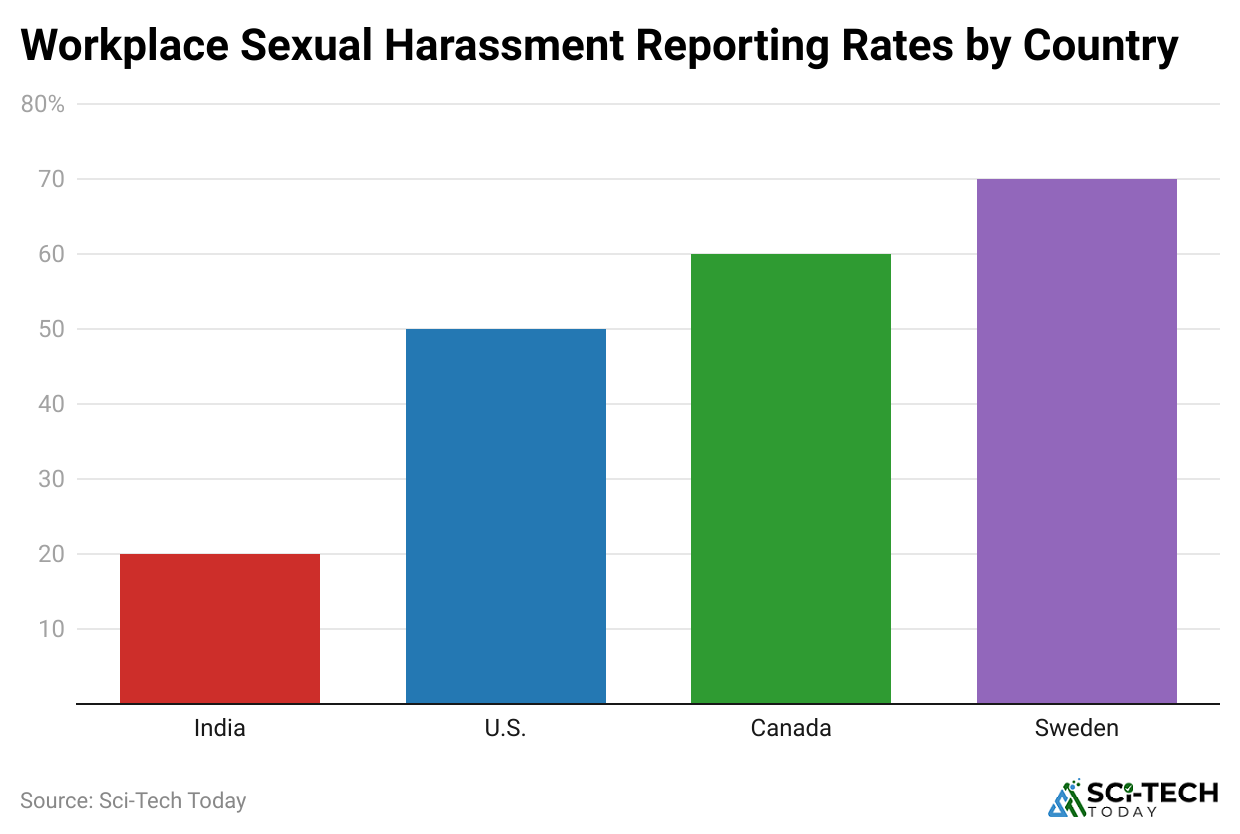
- Only 32% of workplace violence incidents are officially reported to employers or authorities, revealing a vast gap between actual events and documented cases.
- In low- and middle-income countries, underreporting exceeds 75%, primarily due to fear of retaliation, lack of legal support, or cultural normalization of abuse.
- According to the ILO, less than 50% of member states have dedicated laws addressing workplace violence, indicating global inconsistency in legal protection.
- 41% of employees feel that workplace violence complaints are not taken seriously by management, which discourages victims from coming forward.
- Companies with internal reporting protocols and zero-tolerance policies report 48% higher case disclosures, demonstrating the impact of supportive infrastructure.
- Legal frameworks that include anonymous reporting options have seen a 63% rise in reporting rates, especially in cases of sexual harassment or supervisor abuse.
- Only 18% of reported cases result in formal investigations or disciplinary action, showing the limited follow-through even when complaints are lodged.
- Women are 3 times less likely to report workplace harassment than men due to fear of victim-blaming and potential career repercussions.
- The European Union mandates that all member states implement Occupational Safety and Health Directives, yet enforcement varies widely across regions.
- In the United States, OSHA does not have a specific regulation addressing workplace violence, but it encourages employers to adopt voluntary prevention programs.
| Legal/Reporting Metric | Statistic / Insight |
| Global Reporting Rate | 32% |
| Underreporting in LMICs | 75% |
| Countries with Specific Laws (ILO) | <50% |
| Victims Doubting Employer Support | 41% |
| Impact of Internal Policies | +48% in disclosures |
| Anonymous Reporting Boost | +63% reporting rate |
| Formal Action Taken After Reporting | 18% |
| Women’s Reporting Gap | 3x less than men |
| EU Legal Mandates | Occupational Health Directives are enforced variably |
| US Workplace Violence Regulation | No specific OSHA mandate |
Workplace Violence Prevention Programs

- Only 30% of global workplaces have a formalized workplace violence prevention program, despite increasing awareness of its importance.
- Among organizations with such programs, 79% report a measurable reduction in reported incidents within the first year of implementation.
- Training and education initiatives, when conducted quarterly, lead to a 56% decrease in verbal and psychological abuse cases, especially in high-stress sectors like healthcare and retail.
- Companies that provide de-escalation training to frontline staff (e.g., in hospitals, transport, and retail) report a 43% drop in physical altercations and confrontations.
- Prevention programs that include anonymous grievance channels see a 62% rise in early-stage reporting, helping identify patterns before escalation occurs.
- Organizations with a designated workplace safety officer or task force are 2.5 times more effective in addressing and resolving reported violence cases.
- Psychological counseling and trauma support services offered after violent events result in a 65% improvement in employee retention in affected teams.
- Regular workplace climate surveys that assess employee safety perception correlate with 48% fewer repeat incidents, emphasizing the value of feedback loops.
- Zero-tolerance policies, when communicated and enforced, improve workplace culture and reduce the normalizing of aggression by 37%.
- Despite proven effectiveness, budget constraints are cited by 58% of small and medium enterprises (SMEs) as a key reason for lacking such programs.
| Program Element | Statistic / Outcome |
| Global Implementation Rate | 30% of workplaces |
| Incident Reduction with Programs | 79% |
| Training Effectiveness (Quarterly) | 56% drop in verbal/psych abuse |
| De-escalation Training Impact | 43% fewer physical incidents |
| Anonymous Reporting Channels | 62% rise in early reporting |
| Safety Officer Presence | 2.5x more effective resolution |
| Counseling Services Benefit | 65% boost in retention |
| Workplace Climate Surveys | 48% fewer repeat cases |
| Zero-Tolerance Policy Impact | 37% cultural improvement |
| Budget Barrier in SMEs | 58% cite funding issues |
Post-Incident Impact on Employees and Organizations
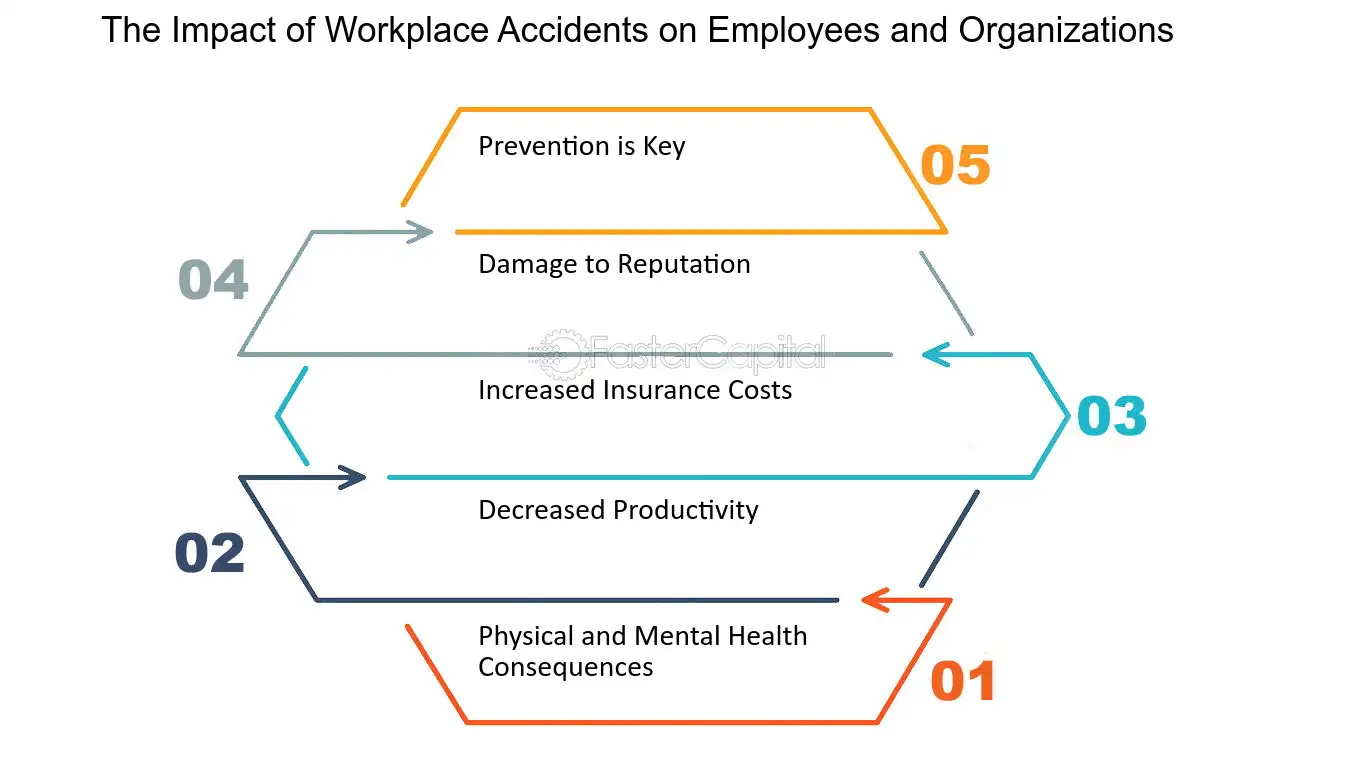
- Nearly 74% of employees who experience workplace violence report long-term psychological effects, including anxiety, PTSD, depression, and burnout, often requiring professional mental health support.
- In the six months following a violent incident, affected employees show an average 34% drop in productivity, often due to reduced focus, absenteeism, or job disengagement.
- Companies that fail to address workplace violence incidents see higher turnover rates, up to 59% of affected employees leaving within a year after an incident.
- Legal repercussions are common: about 22% of organizations involved in workplace violence cases face lawsuits, fines, or regulatory sanctions, which can result in reputational damage and financial loss.
- After a publicly reported violent incident, companies experience a 12 to 18% dip in public trust and a 7% average decline in share value if they are publicly traded.
- Employee morale and workplace culture suffer significantly, with 68% of employees in affected departments reporting lower job satisfaction and higher distrust toward management.
- Medical costs and insurance claims rise considerably, with companies reporting an average cost of $36,500 per serious incident, including hospital bills, mental health services, and compensation.
- The risk of repeated incidents increases by 48% in workplaces that do not implement structural or policy changes after an initial event, showing the necessity of systemic reform.
- Peer support networks and post-incident counseling reduce negative outcomes, leading to a 41% higher return-to-work rate within two weeks among affected employees.
- Organizations that respond promptly with transparent communication and support regain employee confidence 3x faster than those that minimize or ignore incidents.
| Impact Area | Statistic / Outcome |
| Psychological Impact | 74% report lasting mental health issues |
| Productivity Loss | 34% drop post-incident |
| Employee Turnover | 59% leave within 1 year |
| Legal Consequences | 22% face legal action or fines |
| Public Image Loss | 12 to 18% trust decline |
| Employee Morale Decline | 68% report reduced satisfaction |
| Financial Cost per Incident | $36,500 |
| Risk of Repeat Incident | +48% without policy change |
| Effectiveness of Peer Counseling | 41% higher return-to-work rate |
| Communication Effectiveness | 3x faster confidence recovery |
Conclusion
So, these workplace violence statistics paint a clear picture of a global issue that affects workers at every level, from entry-level employees to experienced professionals. With nearly one in four workers experiencing some form of abuse or aggression at work, it’s clear that violence in the workplace is not just an anomaly; it’s a systemic concern that demands urgent attention.
From healthcare and retail to remote workspaces, the data shows that no industry is safe. Gender disparities, underreporting, and repeat offenses further intensify the challenge, leaving many victims without proper support or redress. These numbers are not just statistics; they represent real people, real trauma, and real workplace failures.
Addressing this issue starts with understanding it. By closely analyzing workplace violence statistics, employers, policymakers, and employees can work together to create safer, more inclusive, and more accountable professional environments. Thanks for staying up until the end. Thank you.
Sources
FAQ.
According to recent workplace violence statistics, nearly 1 in 4 workers globally experience some form of violence in their professional lives, showing that it’s a disturbingly widespread issue.
The healthcare sector tops the chart, with over 81% of nurses and frontline workers reporting violent incidents, most commonly verbal or physical abuse from patients and their families.
While both genders face violence, women are disproportionately affected by sexual harassment, and men face more physical violence. Gender minorities, including transgender individuals, face the highest combined risk.
Psychological violence, like bullying, threats, and emotional abuse, is the most reported globally, affecting nearly 18% of the workforce, often more than physical or sexual violence.
Many workers fear retaliation, job loss, or not being taken seriously, which leads to underreporting. Some statistics suggest only 11% of women report incidents, despite high exposure.
Surprisingly, no. About 7% of remote workers report psychological abuse, mostly in the form of micromanagement, digital harassment, or toxic online communication.
Workplace violence is linked to anxiety, PTSD, burnout, and even suicidal thoughts. Long-term exposure can seriously impact productivity, self-esteem, and emotional well-being.
Yes. Statistics show that high-income countries report more cases, possibly due to better awareness and reporting systems. The Americas have the highest regional incidence at 34%.
Repeated psychological harassment often flies under the radar, yet over 60% of victims face it more than once. It’s subtle, persistent, and deeply damaging.
Absolutely. Prevention starts with robust policies, open reporting systems, leadership training, and zero-tolerance practices. Awareness backed by data, like the statistics shared here, is the first step to change.

Joseph D'Souza founded Sci-Tech Today as a personal passion project to share statistics, expert analysis, product reviews, and experiences with tech gadgets. Over time, it evolved into a full-scale tech blog specializing in core science and technology. Founded in 2004 by Joseph D’Souza, Sci-Tech Today has become a leading voice in the realms of science and technology. This platform is dedicated to delivering in-depth, well-researched statistics, facts, charts, and graphs that industry experts rigorously verify. The aim is to illuminate the complexities of technological innovations and scientific discoveries through clear and comprehensive information.



